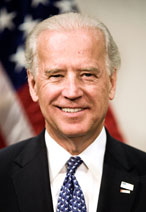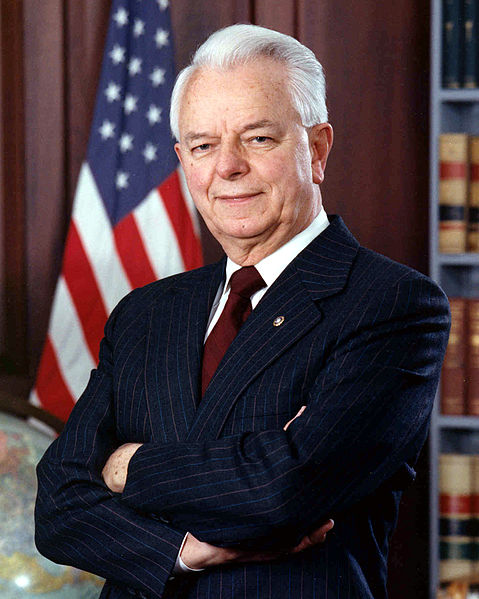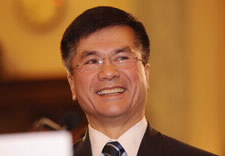Whenever the Vice President and a majority of either the principal officers
of the executive departments or of such other body as Congress may by law
provide, transmits to the President pro tempore of the Senate and the Speaker
of the House of Representatives their written declaration that the President
is unable to discharge the powers and duties of his office, the Vice President
shall immediately assume the powers and duties of the office as Acting
President.
Thereafter, when the President transmits to the President pro tempore of
the Senate and the Speaker of the House of Representatives his written
declaration that no inability exists, he shall resume the powers and duties of
his office unless the Vice President and a majority of either the principal
officers of the executive department or of such other body as Congress may by
law provide, transmit within four days to the President pro tempore of the
Senate and the Speaker of the House of Representatives their written
declaration that the President is unable to discharge the powers and duties of
his office. Thereupon Congress shall decide the issue, assembling within
forty-eight hours for that purpose if not in session. If the Congress, within
twenty-one days after receipt of the latter written declaration, or, if
Congress is not in session, within twenty-one days after Congress is required
to assemble, determines by two-thirds vote of both Houses that the President
is unable to discharge the powers and duties of his office, the Vice President
shall continue to discharge the same as Acting President; otherwise, the
President shall resume the powers and duties of his office.
Prior to the
ratification of the 25th Amendment
in 1967, there was no provision for filling a vacancy in the Vice Presidency.
When a President died in office, the Vice President succeeded him, and the
Vice Presidency then remained vacant. The first Vice President to take office
under the new procedure was Gerald Ford, who was nominated by Nixon on Oct.
12, 1973, and confirmed by Congress the following Dec. 6.
http://gi.grolier.com/presidents/aae/side/25amend.html
President Barack
Obama's Cabinet
The rank order of precedence for
Presidential Succession is as follows:

VICE
PRESIDENT JOE BIDEN
2.  Nancy Pelosi Speaker of
the House
Nancy Pelosi Speaker of
the House
3.
 Robert C. Byrd President
pro tempore of the Senate
Robert C. Byrd President
pro tempore of the Senate
4.  Secretary of
State Hillary Rodham Clinton
Secretary of
State Hillary Rodham Clinton
5.
6.
 Robert M. Gates Secretary
of Defense
Robert M. Gates Secretary
of Defense
7.

8.  Secretary of the Interior
Ken Salazar
Secretary of the Interior
Ken Salazar
9.  Secretary
of Agriculture Tom Vilsack
Secretary
of Agriculture Tom Vilsack
10.
 Gary
Locke as Commerce Secretary
Gary
Locke as Commerce Secretary
11.
 Hilda Solis Secretary
of Labor
Hilda Solis Secretary
of Labor
13.
Charles E.
Johnson Acting Secretary U.S. Department of Health and Human Services
14
![[Photo: Shaun Donovan]](donovan022709.jpg) Shaun Donovan
Secretary U.S. Department of Housing and Urban Development
Shaun Donovan
Secretary U.S. Department of Housing and Urban Development
15.
 Ray LaHood Secretary of
Transportation
Ray LaHood Secretary of
Transportation
16
 Dr. Steven Chu Secretary
of Energy
Dr. Steven Chu Secretary
of Energy
17.

18.
 Retired
U.S. Army General Eric K. Shinseki Secretary
of Veterans Affairs
Retired
U.S. Army General Eric K. Shinseki Secretary
of Veterans Affairs
19.
 Janet Napolitano Secretary of Homeland Security
Janet Napolitano Secretary of Homeland Security
The first 3 individuals on the above list
are the only elected officials on the list. The remaining individuals are
cabinet members. Their order of succession is based on the approval of the
cabinet post by congress and has nothing to do with the individual currently
serving in that post or their personal dates of assumption of the office. The
basic law sets out that the elected officials are first in line by the rank
order above. The first cabinet member in line is the oldest cabinet
position. When going down the list and getting to a cabinet member is
because the members of the congress can not be located or are dead because of
a disaster. However, once the Senate has reconvened and elected a
President Pro Tempore of the Senate or The House of Representatives a Speaker
of the House, no matter who the Cabinet member is that is President at the
time could legally be replace by the elected official simply at his / her
request. In order to keep the Presidency going in an all out war during
the Cold War years it was determined by many Attorney Generals that deputy
Secretaries in the Cabinet could also be legally sworn in as the President.
This meant there were many multiple possibilities beyond the 16 primary
cabinet members. This law and the Top Secret plans and procedures
put into place were one of the major factors in preventing war with the Soviet
Union since it made practically impossible to completely destroy the
Presidency and the legal leadership of the United States. In other
words there was no possibility of a first strike by the Soviets to destroy the
Presidency. The 25th Amendment to the Constitution will also ensure
continuity of Government well into the future even with the threat of
terrorism.
